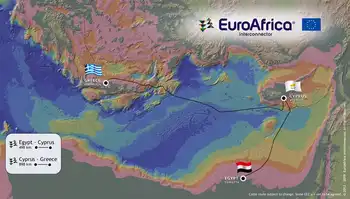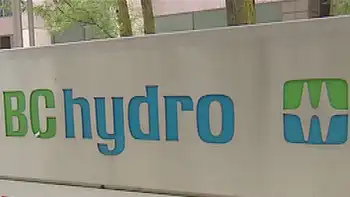Kentucky doesn't keep medical power priority list
By Associated Press
Protective Relay Training - Basic
Our customized live online or in‑person group training can be delivered to your staff at your location.

- Live Online
- 12 hours Instructor-led
- Group Training Available
It's up to individual power companies to track which customers are medical priorities when the power goes out, Andrew Melnykovich, a spokesman for the Kentucky Public Service Commission said. More than 50 electric companies serve Kentucky residents, he said.
Utilities in every state keep "medical priority lists" to track people who depend on electricity to keep them alive. A survey by The Associated Press found state-to-state variations that suggest many patients aren't aware they could sign up.
State and local planning officials have begun discussing this issue during "special needs population" preparation and planning sessions, said Buddy Rogers, a spokesman for Kentucky Emergency Management Services.
Still, there is no statewide plan for people in need of evacuation or supplemental battery power during emergencies. That's a local decision left up to individual communities, Rogers said.
In Illinois, the largest utilities combined report 10,000 patients on medical priority lists, compared to 2,000 names on Indiana's largest list.
A sampling of electric companies in Kentucky found Louisville Gas & Electric, which handles more than 400,000 customers in the state, with 40 customers on its medical priority list, said Chris Whelan, director of communications for parent company E.ON US. Kentucky Utilities, which has more than 500,000 customers and is also under E.ON US, has 42 people on the list, Whelan said.
Customers who need to get on the list must contact the company and fill out an application, Whelan said. They must have physician-prescribed ventilators, respirators or ventricular assist devices, she said.
Kentucky Power, which has 175,590 Kentucky customers, has 374 people on its medical priority list, spokesman Ronn Robinson said. Customers must call a company call center and fill out a form to get on the list, Robinson said.
It was uncertain whether anyone who needs a life-sustaining device had ever died because of a power outage. Melnykovich, however, said he was not aware of any such deaths that happened during recent large power outages.
Currently, there are nearly 2 million people in the country who use home oxygen machines that need electricity. About 10,000 people nationally use home ventilators to breath, while thousands have ventricular assist devices to help pump their hearts.











